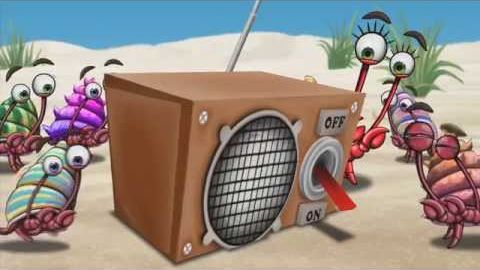
Subtitles & vocabulary
The Pacific Adventures of the Climate Crab
00
Bing-Je posted on 2013/12/12Save
Video vocabulary
rain
US /ren/
・
UK /reɪn/
- Uncountable Noun
- Drops of water that fall out of clouds in the sky
- Intransitive Verb
- (Of water from the clouds) to fall
A1
More warm
US /wɔrm/
・
UK /wɔ:m/
- Verb (Transitive/Intransitive)
- To become more friendly or to like something
- To make something hotter
- Adjective
- Friendly, sincere and kind to others
- Being friendly or sincere
A1
More sea
US /si:/
・
UK /si:/
- Noun (Countable/Uncountable)
- Very large group of people, similar-looking things
- Large body of salty water with land around it
A1
More water
US /ˈwɔtɚ, ˈwɑtɚ/
・
UK /'wɔ:tə(r)/
- Uncountable Noun
- Clear liquid that forms the seas, rivers and rain
- Large area such as an ocean or sea
- Intransitive Verb
- (Of the eyes) to produce tears
- (Mouth) to become wet at the thought of nice food
A1
More Use Energy
Unlock All Vocabulary
Unlock pronunciation, explanations, and filters
